Cultural festivals
Cultural festivals are more than just events; they are bridges that connect people across cultures, traditions, and borders. These celebrations offer a unique window into a country’s heart and soul, showcasing its rich heritage, music, dance, food, and art.
In this blog, we’ll embark on a global journey to explore some of the most captivating cultural festivals worldwide. From the dazzling lights of Diwali to the energetic rhythms of Songkran, we’ll delve into the significance and unique experiences that these festivals offer.
Asia’s Top Cultural Festivals
Diwali (India)
Overview: Diwali, known as the Festival of Lights, is a major celebration for Hindus, Sikhs, and Jains, symbolizing the triumph of light over darkness and good over evil.
Key Highlights: Diwali is marked by the lighting of oil lamps or diyas, bursting of fireworks, family gatherings, and the sharing of sweets. The festival is an opportunity for people to clean and decorate their homes, pray for prosperity, and strengthen bonds with loved ones.
Unique Experiences: Visitors can witness entire cities illuminated with vibrant lights and participate in local customs, from decorating homes to exchanging gifts, immersing themselves in the warmth and joy that Diwali brings.
Chinese New Year (China)
Overview: Chinese New Year, also known as the Lunar New Year, celebrates the beginning of a new year according to the traditional Chinese calendar. The festival is steeped in rich traditions and is a time for family reunions, feasts, and honoring ancestors.
Key Highlights: The festivities feature dazzling dragon and lion dances, intricate lantern festivals, vibrant red decorations, and the giving of red envelopes filled with money as a symbol of good luck. Massive parades and fireworks displays light up cities across China and other parts of Asia.
Unique Experiences: Travelers can join the celebrations in iconic cities like Beijing, Hong Kong, or Singapore, marveling at the large-scale parades, cultural performances, and the festive energy that fills the streets.
Songkran Water Festival (Thailand)
Overview: Songkran is Thailand’s traditional New Year, celebrated with a nationwide water festival. It is a joyful time when families come together to pay respect to elders, visit temples, and make merit.
Key Highlights: The most famous aspect of Songkran is the water splashing, symbolizing the washing away of bad luck and welcoming the new year. Streets turn into battlegrounds for playful water fights, with people armed with buckets, hoses, and water guns.
Unique Experiences: One of the best places to experience Songkran is in Chiang Mai, where the city transforms into the world’s biggest water fight. Alongside the fun, you can participate in cultural activities like visiting temples and witnessing traditional ceremonies.
These festivals showcase Asia’s rich cultural diversity, offering unforgettable experiences and a deeper understanding of local traditions.
Europe’s Celebrated Cultural Festivals
Oktoberfest (Germany)
Oktoberfest, held annually in Munich, Germany, is one of the world’s most iconic celebrations of beer and Bavarian culture. Originating in 1810 as a royal wedding celebration, Oktoberfest has grown into a global event that attracts millions of visitors each year. The festival is famous for its lively beer tents filled with traditional Bavarian music, hearty German food, and a wide array of local brews. Oktoberfest isn’t just about beer; it’s a celebration of Bavarian heritage, complete with colorful costumes, including dirndls and lederhosen, that transport attendees to a time when folk traditions were at the heart of German life. The atmosphere is joyful and inviting, offering guests a chance to connect with Bavarian culture in a truly festive environment.
The unique experience of Oktoberfest lies in its authenticity and energy. Visitors can savor classic German dishes like pretzels, sausages, and roasted meats while joining locals in folk dances and singing along to traditional songs. Each beer tent has its own character, some filled with live bands and others showcasing Bavarian folk traditions. Oktoberfest offers a warm welcome to anyone looking to enjoy the spirited camaraderie of Germany’s most famous festival, making it an unforgettable cultural experience for those who attend.
La Tomatina (Spain)
La Tomatina, held every August in the small town of Buñol, Spain, is an exhilarating festival that epitomizes Spanish spontaneity and zest for life. What began as a small, local food fight in the 1940s has grown into a world-renowned event, with participants from all over the globe gathering to hurl ripe tomatoes at each other. The festival kicks off with a “palo jabón,” a greasy pole climb, and once the tomatoes are released, the streets are soon covered in a sea of red. With dancing, music, and lively parades accompanying the messy, carefree event, La Tomatina captures the joy and playfulness of Spanish culture.
Participating in La Tomatina is a unique experience that goes beyond the thrill of a giant tomato fight. It’s a chance to witness the welcoming spirit of Spain and feel the communal energy that permeates the crowd. The festival’s lighthearted atmosphere fosters an inclusive sense of community, where everyone, regardless of background, can let loose and enjoy the simple joy of a friendly food fight. For visitors, La Tomatina offers a playful escape and a vibrant introduction to Spain’s dynamic festival culture.
Venice Carnival (Italy)
The Venice Carnival is an enchanting pre-Lenten celebration that has captivated visitors for centuries. Known for its opulent costumes and intricate masks, the carnival transforms Venice into a scene from a historical painting. This festival dates back to the Middle Ages and carries a sense of mystery and elegance that has endured through the ages. During the carnival, Venice’s narrow alleyways and picturesque canals are filled with revelers dressed in elaborate Venetian masks and period costumes, creating a surreal, dreamlike atmosphere. Parades, street performances, and masquerade balls add to the sense of magic that fills the air.
Experiencing the Venice Carnival is like stepping into a different world. Visitors can don their own masks and become part of the mysterious crowd, blending into the city’s unique blend of tradition and spectacle. For an unforgettable experience, attending a masquerade ball offers a glimpse into Venice’s glamorous past, with guests dancing beneath crystal chandeliers in historic Venetian palaces. The Venice Carnival is a celebration of art, history, and pageantry, making it a truly exceptional way to experience Italy’s cultural heritage.
Each of these festivals showcases a unique aspect of Europe’s cultural landscape, offering travelers an immersive journey into local traditions and unforgettable celebrations.
The Best Cultural Festivals in the Americas
Carnival (Brazil)
Carnival in Brazil is one of the most famous festivals worldwide, celebrated with unmatched enthusiasm and grandeur. This pre-Lenten festival brings Brazil to life with vibrant samba music, dazzling costumes, and captivating street parades. The most iconic celebrations take place in Rio de Janeiro, where millions of revelers and performers flood the streets, turning the city into a sea of color, rhythm, and excitement. Carnival is deeply rooted in Brazilian culture and showcases a unique blend of Afro-Brazilian traditions, Catholic influences, and local customs, making it an unforgettable celebration of life and joy.
Attending Rio Carnival is a once-in-a-lifetime experience. Visitors can immerse themselves in the spectacle of flamboyant parades, each with its own samba school competing in an impressive display of dance, music, and elaborate floats. Beyond the parades, street parties, or “blocos,” allow locals and visitors alike to dance freely and celebrate together. With samba as the heartbeat of the festival, Carnival offers a thrilling insight into Brazilian culture and leaves festival-goers with memories of its electrifying energy.
Mardi Gras (USA)
Mardi Gras in New Orleans is a lively festival that merges French, African, and American cultures into a unique, colorful celebration. Held on the day before Lent, Mardi Gras is famous for its vibrant floats, elaborate costumes, and the tradition of tossing beads to onlookers from the parades. The festival’s mix of traditions reflects New Orleans’ diverse cultural heritage and offers an exciting atmosphere of music, dance, and festivity that draws people from across the United States and the world.
Visitors to Mardi Gras can participate in the famous parades, which are a cornerstone of the festival, and enjoy the rich, festive spirit of New Orleans. Alongside the parades, tasting Creole cuisine—such as jambalaya and beignets—is essential to the experience, as is enjoying live jazz music, a staple of the city’s nightlife. Mardi Gras showcases New Orleans’ rich cultural tapestry, making it one of the most immersive and unique festivals in the United States.
Day of the Dead (Mexico)
The Day of the Dead, or Día de los Muertos, is a Mexican festival dedicated to honoring deceased loved ones. Far from being a somber occasion, the festival is a vibrant celebration of life and remembrance, with families setting up decorative altars, or “ofrendas,” adorned with flowers, candles, and photos of those who have passed. Skulls and skeleton motifs, often seen in makeup and artwork, are central symbols of the event, representing the blending of Indigenous beliefs with Catholic traditions.
For an authentic Day of the Dead experience, visitors can travel to Oaxaca or Mexico City, where the celebrations are especially rich in culture and color. The festival includes lively parades, music, and dancing, creating a warm and welcoming atmosphere. Visitors are invited to partake in the festivities, witness the beautifully decorated cemeteries, and learn about the deep cultural meaning behind this celebration. Day of the Dead is an extraordinary festival that provides insight into Mexico’s unique approach to life, death, and memory.
Unique Cultural Festivals in Africa
Timkat (Ethiopia)
Timkat, the Ethiopian Orthodox celebration of Epiphany, is one of the most important religious festivals in Ethiopia. It commemorates the baptism of Jesus in the Jordan River and is celebrated with vibrant, large-scale processions, prayers, and special church services. Priests, dressed in traditional robes, carry replicas of the Ark of the Covenant (called tabots) in a grand procession to nearby bodies of water, where the water is blessed and used to reenact the baptism of Christ. The festival lasts for three days and is celebrated across the country, with particularly impressive celebrations in cities like Addis Ababa and Gondar.
Visitors to Timkat can immerse themselves in the rich religious traditions of Ethiopia by witnessing the blessing of the water, watching the colorful processions, and experiencing the spiritual atmosphere that pervades the festival. The celebration offers a deep connection to Ethiopia’s ancient Christian heritage, with the added opportunity to explore its unique cultural practices and religious customs.
Gerewol Festival (Niger)
The Gerewol Festival is a unique and captivating courtship festival celebrated by the Wodaabe people of Niger. It is an annual event where young Wodaabe men participate in beauty contests to attract potential partners, performing elaborate dances and singing in hopes of winning the favor of the women watching. The men wear traditional attire, including striking face paint, ornate costumes, and decorative accessories designed to enhance their appearance. The dances, known as the Yaake, are a central part of the festival, where physical beauty, charm, and grace are put on display.
For visitors, the Gerewol Festival offers a rare opportunity to observe the unique beauty rituals and courtship traditions of the Wodaabe people. The festival provides an intimate glimpse into the culture of a nomadic group that places a strong emphasis on aesthetics and social relationships. Attending Gerewol is a journey into a fascinating cultural world, where tradition, beauty, and performance come together in a mesmerizing celebration of life and love.
Cultural Festivals in Oceania
Te Matatini (New Zealand)
Te Matatini is New Zealand’s premier Maori cultural festival, held every two years to celebrate the richness of Maori heritage through dance, music, and performance. This vibrant event showcases kapa haka, a traditional form of Maori performing arts, where groups compete in displays of song, dance, and storytelling. One of the highlights of Te Matatini is the haka, a powerful Maori war dance that expresses strength, unity, and passion. The festival brings Maori communities from across New Zealand together, creating a strong sense of pride and cultural solidarity.
Attending Te Matatini offers visitors a unique opportunity to experience Maori culture in its most authentic form. The festival’s performances are rich in emotion, symbolism, and tradition, allowing audiences to connect with Maori heritage on a deep level. In addition to the performances, attendees can explore Maori arts and crafts, sample traditional foods, and gain insight into the language and customs of New Zealand’s indigenous people. Te Matatini is more than a festival; it’s a journey into the heart of Maori culture, leaving lasting impressions on all who attend.
Sydney Festival (Australia)
The Sydney Festival is a major annual event that celebrates Australia’s dynamic arts scene and showcases a diverse array of local and international talent. Held every January, the festival transforms Sydney into a hub of creativity, featuring a mix of theatre, dance, music performances, and art installations. The festival is known for its commitment to contemporary Australian and Indigenous art, as well as its dedication to presenting works that challenge and inspire. Events take place throughout the city in iconic locations, from the Sydney Opera House to public parks and outdoor spaces, creating a vibrant atmosphere that brings art directly to the people.
For festival-goers, the Sydney Festival is an opportunity to experience the breadth of Australian culture in a lively and inclusive setting. Attendees can explore everything from experimental performances to traditional Indigenous ceremonies, providing a comprehensive look at Australia’s cultural diversity. With activities and exhibits for all ages, the festival caters to both art enthusiasts and those simply looking to enjoy the energy and creativity of one of Australia’s most beloved celebrations.
Tips for Attending Cultural Festivals
Plan Ahead: Cultural festivals, especially well-known ones, can attract large crowds, so it’s important to book accommodations and secure tickets in advance. Many popular festivals, such as Rio Carnival or Oktoberfest, see high demand, so early planning ensures you won’t miss out on accommodations or key events.
Respect Local Customs: Festivals often carry deep cultural significance, and understanding local customs is essential to having a respectful and enjoyable experience. Taking the time to learn about the festival’s history, rituals, and etiquette demonstrates respect for the culture and helps you avoid misunderstandings. This is especially important in traditional festivals, such as Day of the Dead in Mexico or Timkat in Ethiopia.
Try Local Food: Many cultural festivals showcase traditional cuisines that are unique to the region. Embrace the opportunity to try local dishes, whether it’s Brazilian street food at Carnival or Maori delicacies at Te Matatini. Sampling these foods can be a highlight of your experience and a window into the culture’s culinary heritage.
Stay Safe: With large crowds and busy environments, safety should always be a priority. Familiarize yourself with local safety guidelines, stay aware of your surroundings, and take precautions to protect your belongings. When participating in festivals like La Tomatina or Mardi Gras, keep an eye on local regulations and avoid unsafe areas to ensure a fun and safe experience.
Document Your Experience: Capture the moments, sights, and sounds of the festival through photos or videos, but always remain mindful of the setting. Some festivals may have rules around photography, especially during religious or sacred ceremonies. Respect these guidelines, and remember that sometimes the best memories are those experienced in the moment.
By following these tips, you can make the most of your cultural festival experience, connecting with new traditions and creating memories that will last a lifetime.
The world’s cultural festivals offer a stunning showcase of humanity’s diversity, beauty, and shared joy. From the rhythmic samba beats of Rio’s Carnival to the colorful tomato fights of La Tomatina and the reverent ceremonies of Ethiopia’s Timkat, these festivals provide a window into the traditions, values, and artistry that make each culture unique. They’re more than just celebrations—they’re living expressions of heritage that bring people together across continents and generations.
Experiencing even one of these festivals firsthand can offer a profound connection to another culture, revealing perspectives and traditions that enrich our understanding of the world. Whether you’re drawn to the elegance of Venice’s Carnival, the passion of New Orleans’ Mardi Gras, or the spirituality of the Day of the Dead in Mexico, each festival has something unforgettable to offer.
As you think about your own travel plans, consider adding a cultural festival to your list for a truly immersive journey. And if you’ve already attended a cultural festival or have one on your bucket list, we’d love to hear about it! Share your experiences and dream destinations in the comments, and let’s celebrate the world’s vibrant tapestry of traditions together.
Thank You for Your Time & Consideration…
@Puja Singh…

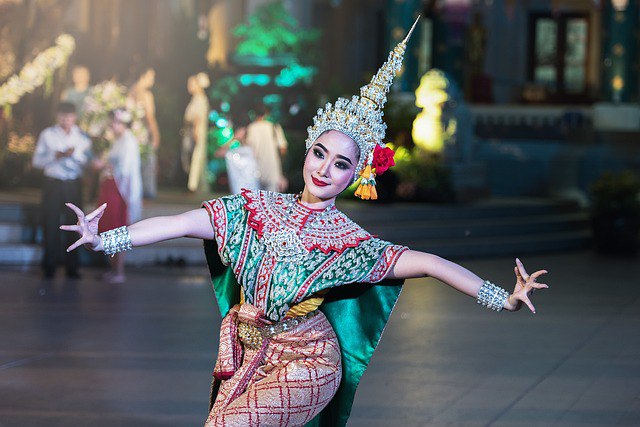
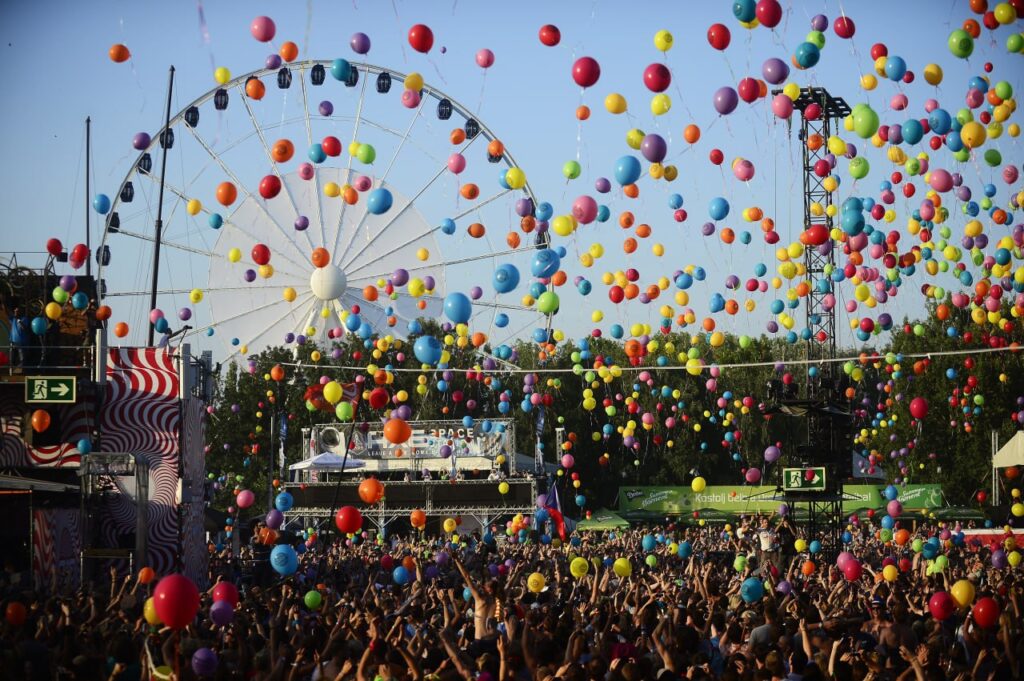

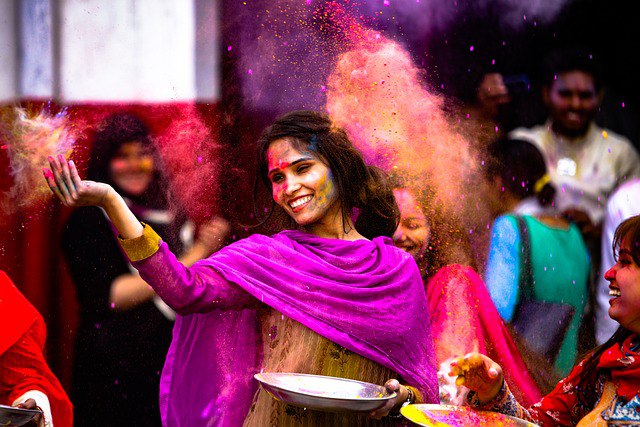
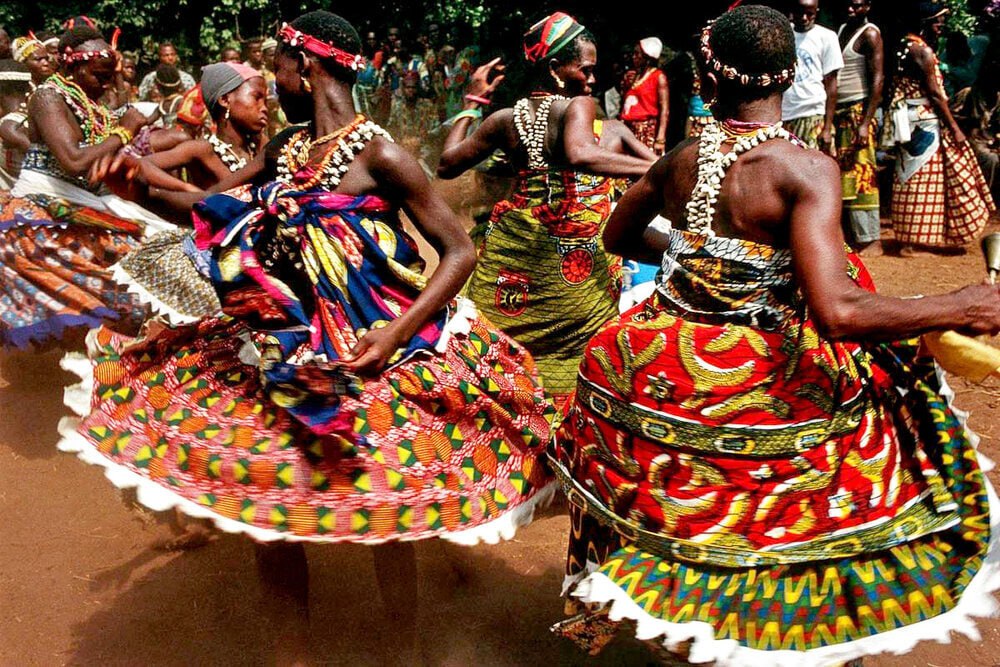
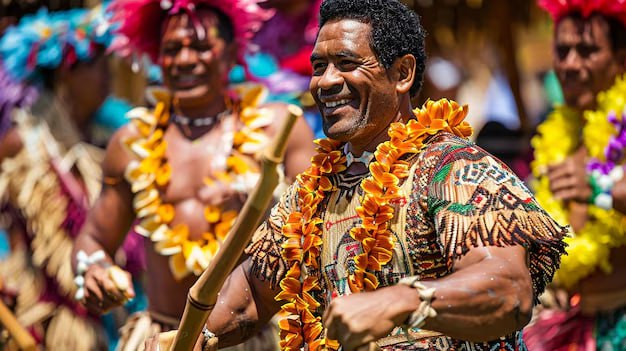
Can I ask a quick question about your site? https://google.com/?sancy
Rosancy
yes.sure